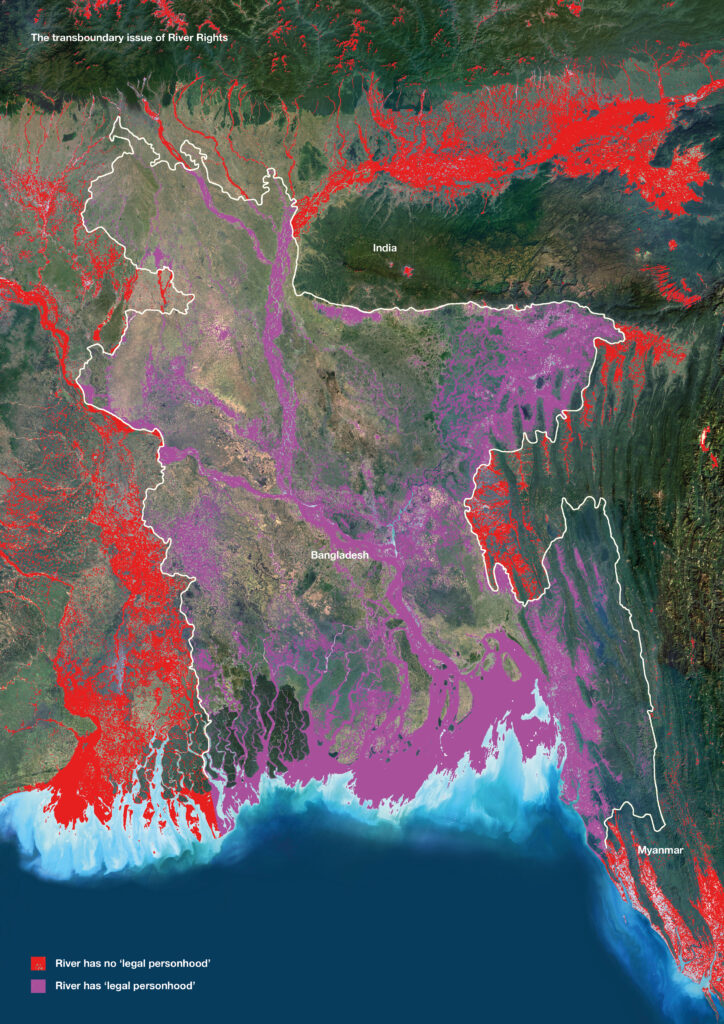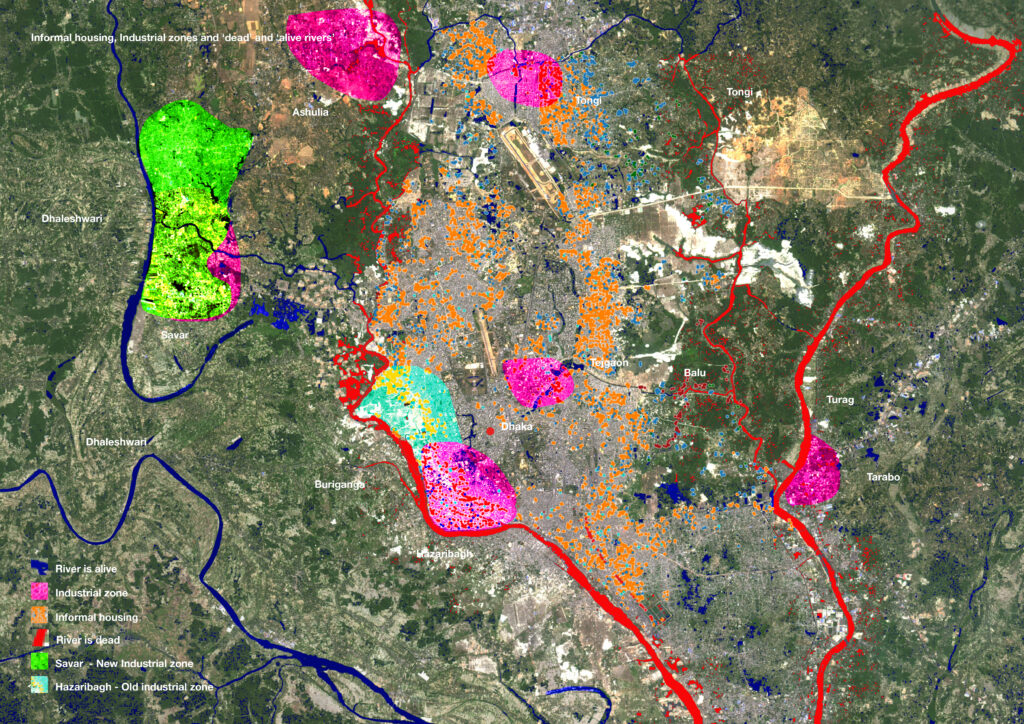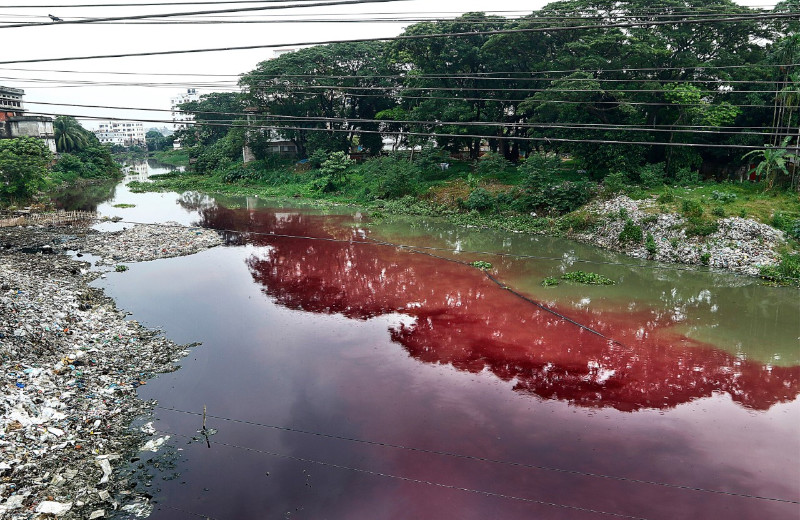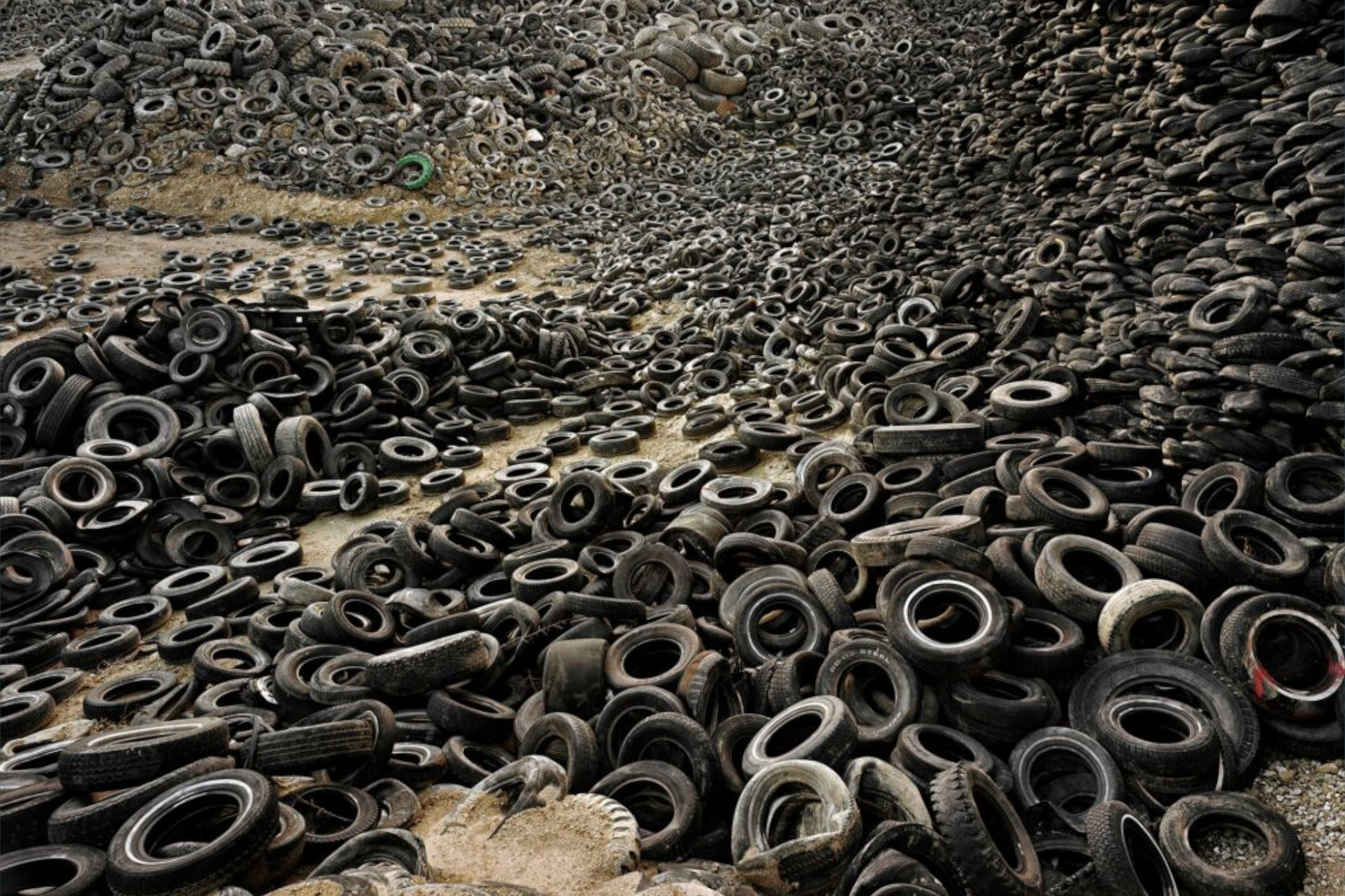Table of Contents
The holiest river in the world, the Ganges, is today polluted by industrial waste, sewage and even remains of the bodies cremated on their banks. In March 2017, the High Court in Uttarakhand state ruled that both the Ganges and Yamuna rivers had the same legal status as human beings. But three months later this was overturned as the ruling threw up too many serious legal contentions: for example, did legal personhood mean that a river could be hauled into court for causing drowning?
Governments across the world have started treating nature as they do living entities. Also in 2017, a New Zealand treaty recognised the Whanganui River (also known by the name Te Awa Tupua) as “an indivisible and living whole” and “a legal person,” appointing guardians to represent the river’s interests.
Legal personhood (as distinct from natural personhood, which refers to individuals) refers to a ‘human or non-human entity that is treated as a person for limited legal purposes.’ Often granted to corporations, it assigns to these entities the rights, protections, privileges, responsibilities as well as legal liability of a legal personality. This is immediately problematic, as although giving nature this status is an attempt to give legal protection, it also means that a river could potentially be sued for flooding. The case of the Ganges and Yamuna rivers shows how difficult it is to pronounce on the issue. Humankind does not necessarily give nature anything, we take from it; and the possibility that a river could be liable for its humanity-impacting actions reveals the inadequacies of current legal norms.
Why the Universal Declaration of Human Rights doesn’t work for nature – and nor do the Sustainable Development Goals
The UN’s Sustainable Development Goals define nature as being “critical to our survival”. This implies that protecting nature is paramount only insofar as it preserves the resources necessary to sustain human life. But the Rights of Nature movement is different. It’s a growing movement to enshrine a legal instrument that describes the inherent rights associated with ecosystems and species. As such, the Rights of Nature concept challenges post-Enlightenment laws as grounded in a framework of nature as a “resource”, to be owned, used, and degraded. In this framework, humankind is the central or most important element of existence. If nature is given ‘personhood’, then legally, it would be equal to humankind, but this poses problems.
The Universal Declaration of Human Rights is the most widely acknowledged treaty for the protection of human, civil, economic, and social rights. Written in 1948 it, perhaps understandably, takes a human-centred approach. Thinking about the applicability of the Human Rights Act to rivers, contradictions arise. Article 3 enshrines ‘the right not to be tortured or treated in an inhuman or degrading way’. In some ways, this is appropriate; pollution could be an act of torture, to both the biodiversity of the river and the people who depend on the river. However, within the declaration there are other articles that are difficult to apply; Article 12 states that ‘Men and women of marriageable age shall have the right to marry and to found a family’. It is hard to see how this could apply to non-human, let alone non-animal persons. So, perhaps ‘legal personhood’ is not what nature needs at all.

The Earth Law Centre’s Declaration of River Rights
The Earth Law Center is a not-for-profit organisation working to implement rights for nature into law by altering our anthropocentric legal frameworks. Earth Law is the idea that ‘ecosystems have the right to exist, thrive, and evolve’, and that this should be defendable in court. Alongside conservation experts, the Earth Law Centre has developed the Universal Declaration of River Rights. This legislation goes one step further than ‘legal personhood’ and gives rights specific to nature. Rights include the ‘right to flow’ and the ‘right to be free from pollution’. The declaration acknowledges that nature has very different fundamental rights to humans.
Bangladesh is an example of how the ‘rights for nature’ movement could face challenges. Bangladesh is the second largest exporter of textiles in the world, with the industry responsible for 82% of the country’s total export revenue: about $34 billion. Bangladesh currently has a population of 164 million people, soon set to become a middle income economy.
80% of the country’s residents live on a floodplain, with rivers at the centre of life; leisure, food, water, and sanitation. They are also predominantly the location of textile factories. A water-intensive process, industrial textile production depletes the limited supply of river water, this is difficult in the context of arsenic contaminated drinking water and a saline environment. However, to add to pressures, the textile industry produces 349 million cubic metres of wastewater annually. Chemical pollution can often be hard to see; this is not the case in Bangladesh; rivers are blue, yellow, red, depending on the garments being manufactured for that season.

Heavy metals and chemicals pollute waters; textile workers and the surrounding populations dependent on the rivers suffer long-term health conditions: Cancer, skin disorders, kidney problems, respiratory diseases, heart problems, and nervous system damage, to name a few. The polluted water irrigates nearby fields causing rice, chickpeas and lentils to have extremely high levels of heavy metals in staple foods that most survive on.
In 2010, after years of pollution, three large rivers were declared biologically ‘dead’: The Turag, The Buriganga and The Balu. This means they no longer contain any dissolved oxygen and are therefore totally devoid of aquatic life. In July 2019, after years of pressure from NGOs, the international environmental community and national press, the Bangladeshi Supreme court declared all rivers in Bangladesh a ‘legal person’ awarding them the same rights as humans. Although this was a step in the right direction, the implementation of this has been difficult.
The modern conception of human rights has emerged from a society built on ownership, economic growth, and property. Nature does not align with a system that is built on infinite growth, and the cost of the stability of living systems. There needs to be a shift in attitude around global development strategy, and that provokes some difficult questions around whether nature or humans should be prioritised; a chicken and the egg situation. The UN defines rights-based approaches through a human-centred perspective, guiding the formulation of targets based on human rights standards and recognising human rights as the ultimate goal of development. There is an acknowledgement that humankind cannot prosper, progress and ultimately survive without the living systems that make up nature; air, water and soil. But the question remains as to whether rivers, and nature more widely should be protected for their own sake, for an intrinsic good.
From anthropocentric to symbiocentric law
Nature does not respect anthropocentric borders: it flows, grows and blows over across political borders. It is not rivers we rely on as such, but the water that flows in them. Some corporations, governments and individuals currently see nature and its materials as resources to be owned, drained and destroyed. Water and air pollution, radiation, damning and more, do not just impact the local communities, but these processes start to flow into the living system, cross property boundaries and state lines. This is a key reason why ‘legal personhood’ becomes difficult to implement on nature; how can rivers have rights in one locale, but not 10km downstream. In the case of the Ganges, by the time it recovers its rights of legal personhood in Bangladesh, the water in the river may already have been exploited and polluted.
The rights for nature movement represents progress here – and a potential way through; even if it serves only to raise awareness and alert us to how perhaps nature cannot be protected through our current legal system.
Declarations such as those of the Declaration of River Rights and others, allow nature to be understood as entities that could be protected in law, without having to fit into our human centred legal terminology.
These are hopeful steps in the right direction. Humankind has a responsibility to stop environmental damage urgently. Understanding that nature, viewed from an eco-centric perspective, should be protected against human desires is key to this. Humankind is just one small part of a larger system; however currently we are creating havoc within the balance. It is my belief that rights for nature must centre on nature, not us. Through this change in consciousness, I am hopeful that we may exit the Anthropocene and enter the Symbiocene, an era of companionship between nature and humans – based on equality.
Aggie Parker is an architect in training. Her work investigates the economical, political and ecological pressures shaping the design field today. She currently works as a freelance designer and trend researcher. You can find her on Instagram @aggieparker.





